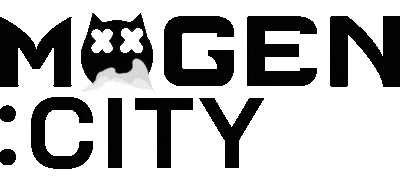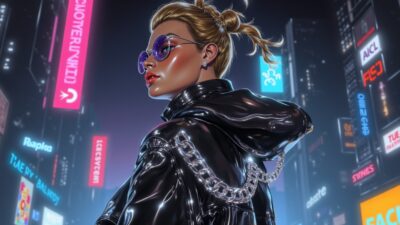Introduction: Bangers by Bots — and the Human Fallout
In 2025, AI doesn’t just assist music creation — it dominates it.
We’re now seeing over 20,000 AI-generated songs uploaded every single day, flooding platforms like SoundCloud, Audius, and decentralized music NFT marketplaces. From hyperpop to lo-fi to drill, AI tools can generate full albums in minutes.
But the rise of this infinite content comes with an existential question: If everything is music, what’s worth listening to?
And more importantly: what happens to human artists?
1. The Tools: From OpenAI’s Jukebox to SoundStorm++
AI music generation in 2025 is powered by:
- SoundStorm++: Real-time, prompt-based music composer with vocal layers
- Amper v4: AI DAW with customizable emotion sliders
- BoomBoxAI: Generates genre-specific albums based on mood prompts (“Drake x cyberpunk”)
Anyone can now:
- Type a vibe → get a song
- Upload vocals → get a backing track
- Feed a poem → get lyrics + beat
It’s plug, play, publish — no studio required.
2. Volume Over Value: Infinite Songs, Zero Signal
Platforms are overwhelmed:
- Audius reports 87% of recent uploads are AI-assisted
- Streaming payouts are plummeting as content supply explodes
- Algorithms struggle to surface meaningful tracks
We’re entering a world where music becomes noise — indistinguishable, disposable, and endless.
3. Listeners React: Trust Is the New Taste
With so much music, listeners are:
- Following curators, not artists
- Trusting on-chain provenance for real human-authored content
- Valuing performance and context over production polish
Music isn’t just about sound. It’s about story and scarcity.
4. Human Artists Adapt — or Exit
Some creators are:
- Using AI as co-writers or production tools
- Releasing hybrid albums (1 side human, 1 side AI)
- Tokenizing voice and melody data for licensed AI use
Others are quitting:
“If Spotify pays me pennies and AI eats my sound, why stay?”
The creator identity crisis is real.
5. Web3’s Role: Provenance, Scarcity, Patronage
On-chain music is pushing back:
- NFTs confirm who made what and when
- Artists cap editions, offer physical tie-ins, and build gated listening rooms
- DAOs form around genres to fund human-made projects
Web3 becomes a cultural firewall — keeping music personal and precious.
6. The Future: Music as Code, Fans as Filters
In 2025, the new musical stack is:
- LLMs as producers
- Curators as brands
- Fans as co-creators
Music is modular, remixable, and real-time. But its value now lies in meaning, not melody.
Conclusion: In a Sea of Sound, Voice Still Matters
AI music is here to stay — and it’s reshaping every layer of the industry.
But for all its volume, automation hasn’t killed soul. It’s just made authenticity louder. In a time of infinite tracks, it’s the real, rare, and raw that still cuts through.
The future isn’t human or AI. It’s whoever can make you feel.
The AI Music Boom: 20,000 Songs a Day (And an Identity Crisis)
The content, The AI Music Boom: 20,000 Songs a Day (And an Identity Crisis), published on Mugen:City is for informational and entertainment purposes only.
We do not offer financial advice, investment recommendations, or trading strategies.
Cryptocurrencies, NFTs, and related assets are highly volatile and risky — always DYOR (do your own research) and consult with a professional advisor before making any financial decisions.
Mugen:City, its writers, and affiliates are not responsible for any losses, damages, or financial consequences resulting from your actions.
You are fully responsible for your own moves in the degen world. Stay sharp, stay rebellious.





